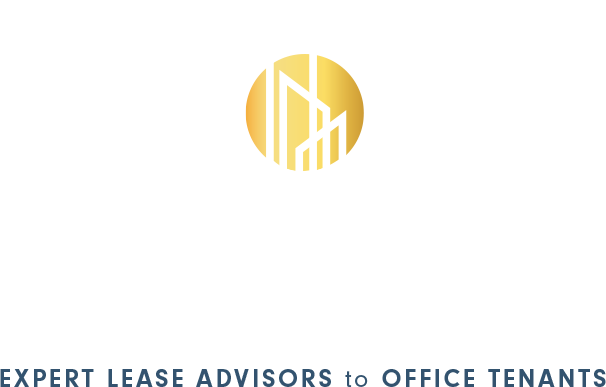Commercial Real Estate Rebounds

U.S. commercial real-estate sales this year have rebounded to pre-pandemic levels, fueled by historically low interest rates and the belief of many investors that the worst of Covid-19 is over.
But the commercial-property sales landscape looks a lot different than it did before the health crisis hit in early 2020. Cities including New York and San Francisco have fallen in favor as have property types such as downtown office buildings and convention hotels.
Meanwhile, Sunbelt cities posted record sales and investors flocked to property types that performed well during the pandemic, including amenity-packed apartment buildings, warehouses and office buildings that cater to pharmaceutical and biotechnology industries. “There is a move to both new property types and new markets,” said a report recently released by data and research firm Real Capital Analytics.
Investors purchased $144.7 billion of U.S. commercial property in the second quarter, Real Capital said. Not surprisingly, that was close to triple what it was in the second quarter of 2020, when the pandemic was in its early months and there was widespread investor uncertainty over its economic impact.
Second-quarter sales volume this year also was above the $127.2 billion average between 2015 and 2019, according to Real Capital. This came as a surprise to many observers who had been expecting the pandemic to spark a commercial real-estate sales slump comparable to the one that followed the global financial crisis.
This time, though, commercial property didn’t run into huge liquidity issues thanks partly to the Federal Reserve’s easy-money policies and less leverage in the market, Real Capital said. “Calamity was simply not in the cards for this economic downturn,” the report said.
Big commercial-property buyers in 2021 have included LaSalle Investment Management, a real-estate investment management company that purchased $1.9 billion in U.S. real-estate assets, up from $202 million in the first half of last year and $1 billion in the first half of 2019. LaSalle is making up for the slowdown in activity last year, said Brad Gries, the company’s co-head of the Americas.
The firm also is bullish on the growth of certain property types, including life-sciences office buildings and rental apartments. “We’re coming out of a recession, and we’re looking at economic forecasts of a few good years,” Mr. Gries said.
The multifamily sector has had the largest sales volume this year at $92 billion, particularly garden apartments outside major metropolitan areas. Investors see rents and occupancy levels remaining strong thanks partly to demand from people closed out of the home sales market due to rising prices. “Buyers are saying, ‘I like the strength of tenants, I like the yield here so I am going for it,’” said Jim Costello, Real Capital senior vice president.
Merger-and-acquisition activity among real-estate investment trusts also has been high. In the most recent deal, announced last week, shopping center landlord Kite Realty Group acquired Retail Properties of America Inc., a bigger company, in an all-stock deal that would result in a combined company that has 185 properties and a market capitalization of around $4.6 billion.
Many of the regions that saw the strongest commercial-property markets were those that benefited from population growth during the pandemic as people moved out of cities to suburban and Sunbelt locations. This year, record first-half volumes were posted by Dallas; Atlanta; Phoenix; Austin, Texas; Tampa, Fla.; Nashville, Tenn., and San Antonio, Real Capital said.
But the rebound hasn’t been felt evenly: The pandemic shrunk tenant demand for malls and office buildings. Manhattan, which had the second-highest volume in the first half of 2019, fell to 11th place in the first half of this year. San Francisco fell to 15th place from 10th place, Real Capital said.
Investors have lost their appetite for office buildings because the future of demand has been clouded by the popularity of working from home during the pandemic. Many office tenants have been adopting new workplace strategies that will allow more remote working even after the pandemic.
Some of the office sales that took place in the first half of this year involved users buying their own buildings. For example, LinkedIn purchased its office complex in Sunnyvale, Calif., for $323 million.
Other office deals this year involved buildings in top locations. In May, for instance, Northwood Investors agreed to buy two Manhattan buildings for $325 million. The property’s retail space is more than 90%-occupied by tenants such as the popular Balthazar restaurant and the Aritzia women’s fashion boutique.
